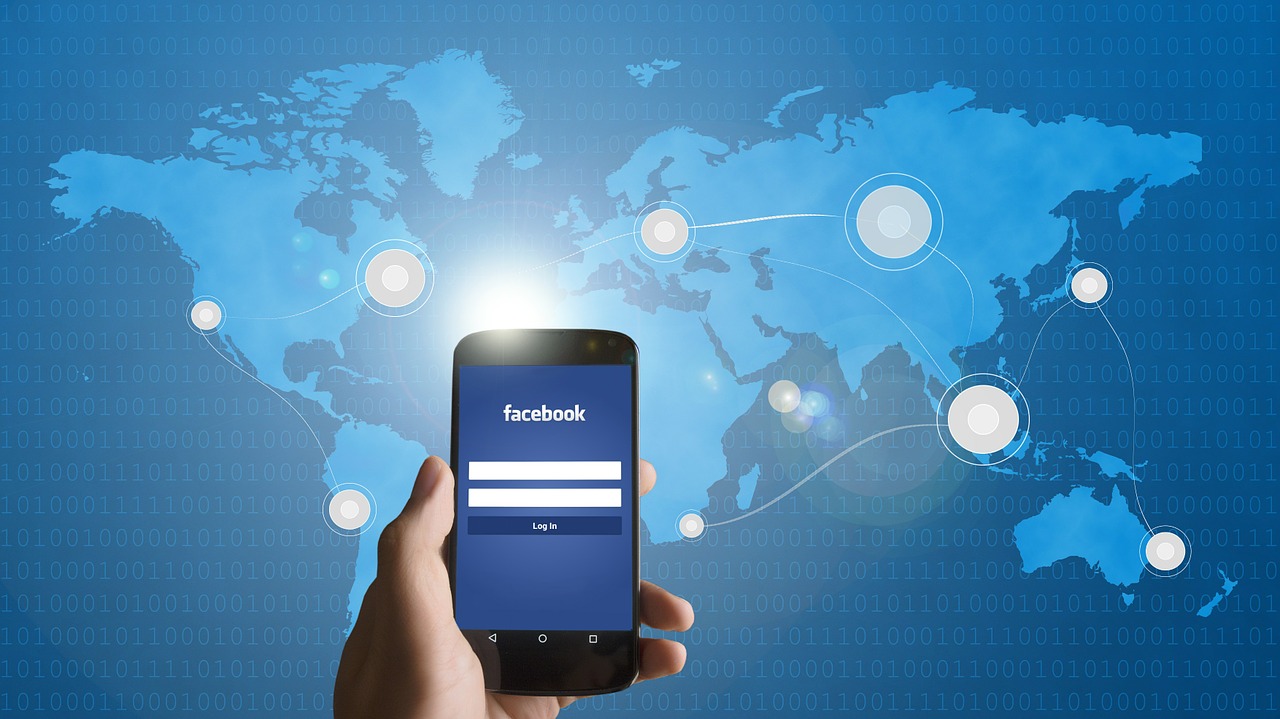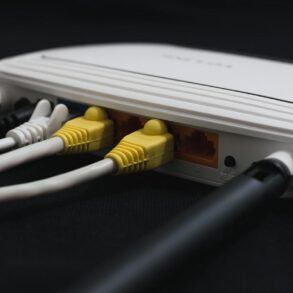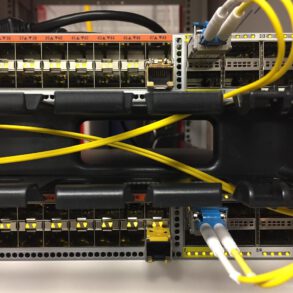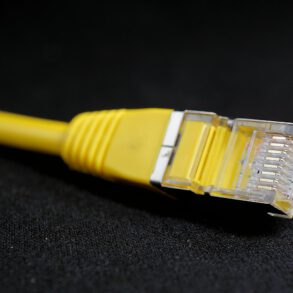5G is just a marketing term. The connectivity we crave — cheap, fast, ubiquitous — won’t happen without more fiber in the ground.
“5G-equipped” phones on display at the Mobile World Congress in Barcelona this February. (Josep Lago / Getty Images)
I during which the perspiring officiant held up a copy of Newsweek. “The Race for Fusion, ” the cover read. “Why The Stakes are So High.” It was the height of the frenzy about nuclear reactions at room temperatures, and the media was obsessing about how this “cold fusion” might solve all our energy problems. The minister said something about the marriage being a similar kind of miracle, and the crowd chuckled.
I think of that wedding every time I hear the two syllables written as “5G.” Because when it comes to hype, “5G” is this year’s “cold fusion.”
The meaning seems obvious — our current communications system is 4G, so of course we must already have the next generation in line. Telecom executives play on this perception. Lowell McAdam, the CEO of Verizon, says 5G is “wireless fiber.” (And I thought fiber was fiber.) SK Telecom says it will soon be able to transfer holograms and enable virtual reality over 5G networks that are 100 times faster than current 4G LTE connections. Noise about 5G is incessant and triumphant, a constant drumbeat of predictions crowing about the arrival any day now of seemingly costless, ubiquitous, instantaneous, unlimited connectivity.
The promises are as lofty as those made for cold fusion. But the science behind that “breakthrough” turned out to be a bust. Likewise, the “5G” story is far more complex, calculated, and contingent than anyone in the carriers’ PR departments wants you to know.
Here’s what you need to understand: “5G” is a marketing term. There is no 5G standard — yet. The International Telecommunications Union plans to have standards ready by 2020. So for the moment “5G” refers to a handful of different kinds of technologies that are predicted, but not guaranteed, to emerge at some point in the next 3 to 7 years. (3GPP, a carrier consortium that will be contributing to the ITU process, said last year that until an actual standard exists, “’5G’ will remain a marketing & industry term that companies will use as they see fit.” At least they’re candid.) At the moment, advertising something as “5G” carries no greater significance than saying it’s “blazing fast” or “next generation” — but because “5G” sounds technical, it’s good for sales. We are a long way away from actual deployment.
Now, the lack of a standard won’t stop carriers from marketing “5G” technologies in the meantime. But because we won’t have a standard they won’t be accountable for what they’re offering.
Second, this “wireless fiber” will never happen unless we have… more fiber. Real fiber, in the form of fiber optic cables reaching businesses and homes. (This is the “last mile” problem; fiber already runs between cities.)
It’s just plain physics. In order to work, 99% of any “5G” wireless deployment will have to be fiber running very close to every home and business. The high-frequency spectrum the carriers are planning to use wobbles billions of times a second but travels incredibly short distances and gets interfered with easily. So it’s great at carrying loads of information — every wobble can be imprinted with data — but can’t go very far at all. It might travel 100 meters, but only through clear air; water, foliage, trees, buildings, and people will all get in the way of this spectrum. (You can think of people as big bags of water that block high-frequency signals.) You’ll have to be really, really close to the base station to get the kind of bandwidth the carriers are talking about, and that base station will in turn have to be connected to fiber to carry the tsunami of data that people and sensors will be generating and using.
This is why wireless and fiber are not the same. Even if a wireless connection can carry a boatload of data over a few feet, fiber optic cable can carry virtually unlimited data for tens of kilometers — perfectly, unthreatened by interference — without needing a boost. They’re complementary technologies, not substitutes for one another.
Let’s explore the implications of these two things: the need for a standard and the need for fiber. Forgive me if I get a bit technical, but that’s what happens when you deal with reality.
One way to increase the information-carrying capacity of a wireless network is to encode data on those wobbling frequencies more efficiently. The standards you’ve heard about — CDMA, 3G, LTE — they’re all about jamming more data into each unit (hertz) of spectrum. A new 5G set of standards will do the same thing, in an even fancier way: the antennas for very, very high frequencies can be so tiny that you can put 8 or 16 of them into a handset or base station and then have them all work together in an array to create a beam of data. Tons and tons of data can be carried on those aggregated beams. Transmission beams in an array can be steered in milliseconds to point to an individual user. You couldn’t do this kind of thing at lower frequencies, because many antennas would need, say, three feet of space — and you can’t fit that into a handset.




